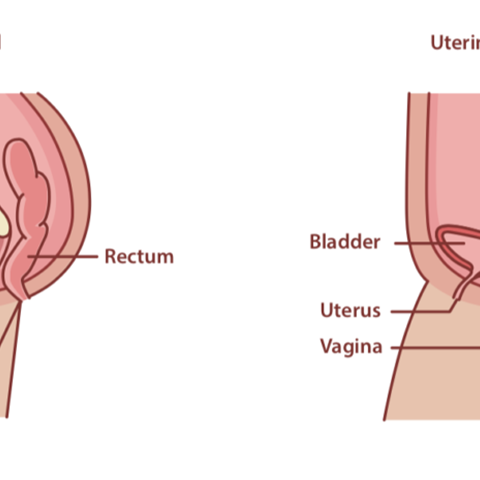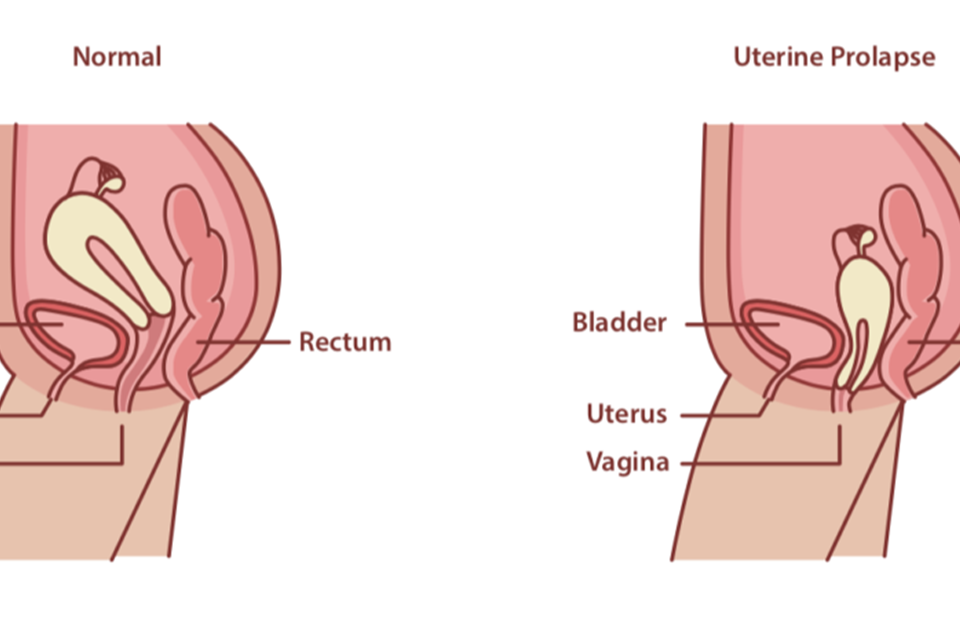Mild Uterine Prolapse Explained

Friday, 5 May 2023
 copyright: compactcath.com
copyright: compactcath.com
A mild uterine prolapse can be painless but certainly uncomfortable, and the women who are most often affected by this are those who are post-menopausal and/or who have had one or more vaginal childbirths.
It is not something which always requires treatment however it does depend on the amount of discomfort experienced and any disruption to day-to-day life.
What is uterine prolapse?
This happens when the muscles and ligaments of the pelvic floor have become weakened so that they are no longer able to support the uterus and sometimes the other pelvic organs, such as the bladder, bowel or the top part of the vagina.
The symptoms of mild uterine prolapse are varied and can include:
- A feeling of heaviness, pressure, or a dragging feeling in the lower tummy and genital region
- Feeling like there is something coming down the vagina
- Feeling like your vaginal tissue is rubbing on your clothing
- Feeling like you are sitting on a small ball
- You may see or feel a lump or bulge in or protruding from your vagina
- You may have problems peeing; you may leak urine involuntarily when you cough or sneeze (stress incontinence) or you may feel like your bladder is not emptying fully
- You may have difficulty emptying your bowels – perhaps having to adopt certain positions or apply pressure to your vaginal area to facilitate a bowel movement
- You may feel pain, discomfort or numbness during sex
If you feel any of the symptoms just outlined above and particularly if they bother you or prevent you from enjoying your daily activities, make an appointment with your GP or gynaecologist to discuss treatment options.
What causes a mild uterine prolapse?
There is a wide range of factors which come into play in determining whether you are likely to have a uterine prolapse, including your age and general health and whether you have had one or more vaginal deliveries or a difficult or traumatic birth. Other factors include:
- Your age at your first delivery – older first-time mothers have a higher risk of pelvic floor injuries than younger women
- Having one or more vaginal births
- You have had a large baby
- You are overweight or obese
- Chronic constipation resulting in a need to constantly strain to pass a bowel movement
- A chronic cough or bronchitis means you are constantly placing pressure on your lower abdomen when you cough
- Repeated and incorrect heavy lifting can help to weaken and stretch the muscles and ligaments of your lower regions
- A loss of oestrogen post-menopause
- Previous pelvic surgery can pose a risk of uterine prolapse
Diagnosis and treatment for mild uterine prolapse
Your doctor will need to perform an internal pelvic examination to feel for any lumps in the vagina or pelvic area. They may use a speculum – the same as in a smear test – to enable them to see where the prolapse is sited. If you have problems with urinating, they may also order a urine test to look for any infection, or they may need to conduct a more invasive test of your bladder to look for problems there.
For a mild uterine prolapse which is not bothering you, medical treatment may not be necessary, but lifestyle advice may be beneficial. You may be advised to, for example, lose weight, stop smoking, avoid heavy lifting and take medication if you are chronically constipated.
Other non-invasive treatments include:
· Pelvic floor exercises
· Hormone treatment
· Vaginal pessaries to support the womb
In severe cases, surgery may be recommended.
An initial discussion with Mr Broome will determine the severity of your prolapse and, in turn, which treatment options are best for you. Mr Broome, Consultant Gynaecologist at The Beaumont Hospital in Bolton has treated thousands of women successfully for all types of vaginal prolapse without having to have a hysterectomy. If you would like to know more, please ring 01204 404444.
